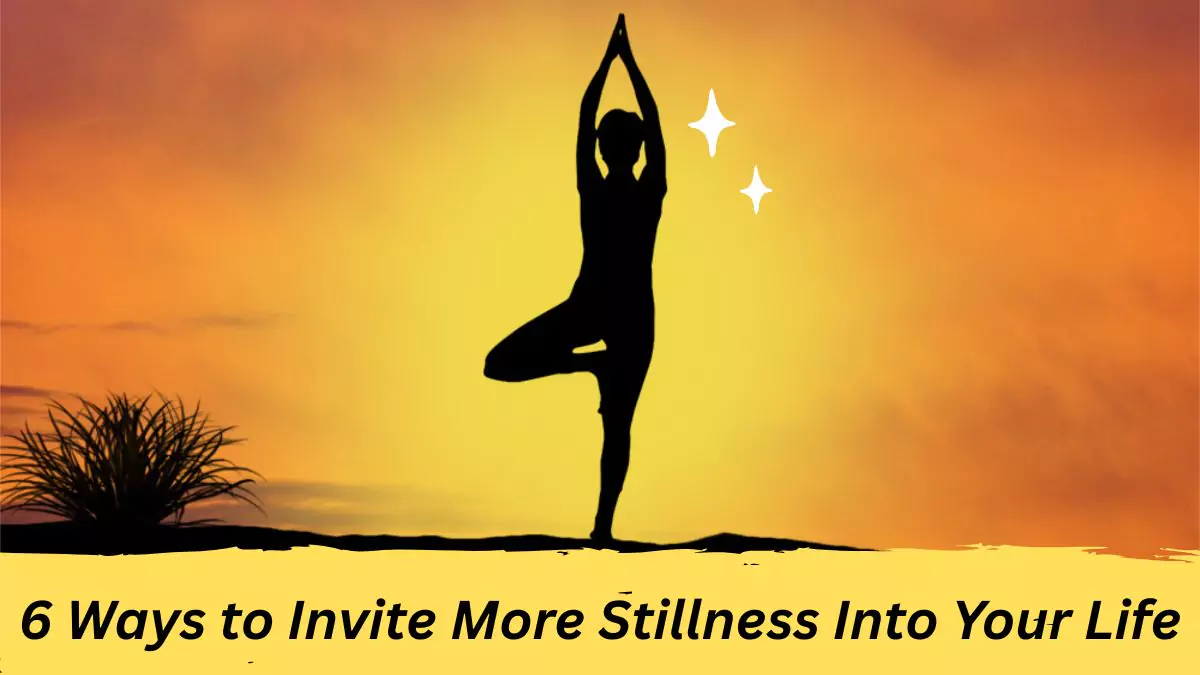We live in a world that rewards busyness.
If you’re not hustling, you’re “falling behind.”
If you’re resting, you’re seen as unmotivated.
But what if that’s the exact mindset keeping you stuck?
Stillness isn’t laziness.
It’s the launchpad for your deepest clarity, creativity, and breakthroughs.
In this post, we’ll explore how stillness fuels brainpower, why it’s not a luxury—but a mental necessity—and how to embrace it, even if you’re always “on.”
Why We Resist Stillness
Most people avoid stillness because:
- It feels unproductive
- It brings up uncomfortable thoughts
- They’re addicted to stimulation
- They associate silence with boredom or guilt
But in truth, these reactions come from an overstimulated, burned-out nervous system—not laziness or lack of ambition.
Stillness doesn’t slow progress. It clears the path for it.
The Brain in Stillness Mode

When you enter true stillness, your brain switches from “doing” to integrating.
The Default Mode Network (DMN) activates, which is linked to:
- Insight and intuition
- Memory consolidation
- Emotional processing
- Self-awareness
- Imagination and creativity
This is when real breakthroughs happen—when the noise fades and the signal gets louder.
Signs You’re Starved of Stillness
You might need more mental stillness if:
- Your thoughts feel scattered or chaotic
- You can’t sit still without checking your phone
- You feel stuck or blocked creatively
- You’re always thinking but rarely feeling
- You’re exhausted despite doing “nothing much”
Stillness isn’t about doing less—it’s about allowing more of you to surface.
What Happens When You Embrace Stillness
Just a few minutes of genuine stillness can:
- Reset your nervous system
- Drop cortisol levels
- Improve emotional regulation
- Boost cognitive clarity
- Reopen creative insight
It’s not magic. It’s science.
6 Ways to Invite More Stillness Into Your Life

You don’t need a cabin in the woods. Stillness is available right now—even in the middle of your life.
1. Silent Mornings (5–15 Minutes)
Before the world wakes up, gift yourself silence. No phone. No input. Just be.
Let your thoughts settle before the day begins.
2. Mindful “Do-Nothing” Breaks
Set a timer for 5 minutes. Sit. Breathe. Watch thoughts pass.
No goals. Just noticing.
Stillness starts with permission.
3. Nature-Based Stillness
Sit by a tree. Watch clouds. Listen to birds.
Nature offers the cleanest, most healing stillness your brain can absorb.
4. One Silent Task a Day
Try washing dishes, drinking tea, or walking—without music, phone, or conversation.
Let the activity be the meditation.
5. Stillness Before Sleep
Instead of scrolling, take 10 minutes in bed to do:
- Deep breathing
- Gratitude reflection
- Gentle body scan
This slows brain activity and deepens sleep quality.
6. Use Sound to Create Internal Silence
Ironically, specific audio (like brainwave-based sounds) can induce stillness by shifting your brain out of high-beta stress into alpha or theta rhythms.
This is especially helpful if your mind is too active to quiet on its own.
How High Performers Use Stillness
From Steve Jobs to Oprah to Einstein—many top creators and thinkers made stillness part of their daily routine.
They didn’t wait for stillness. They scheduled it.
Why?
Because they knew:
- You don’t create from chaos
- You don’t solve big problems while distracted
- You don’t hear your intuition through noise
Stillness wasn’t their luxury. It was their strategy.
Struggling to access stillness on your own? Many people use gentle sound-based programs to help quiet the mind and shift into deep calm, clarity, and creative flow.
Experience how it works → Get Free Videos Access
Final Thought
In stillness, your mind doesn’t shut down—it lights up.
Your next insight isn’t hiding in more content, more effort, or more input.
It’s waiting in the space you haven’t created yet.
Stillness isn’t wasted time.
It’s where the real work begins.
